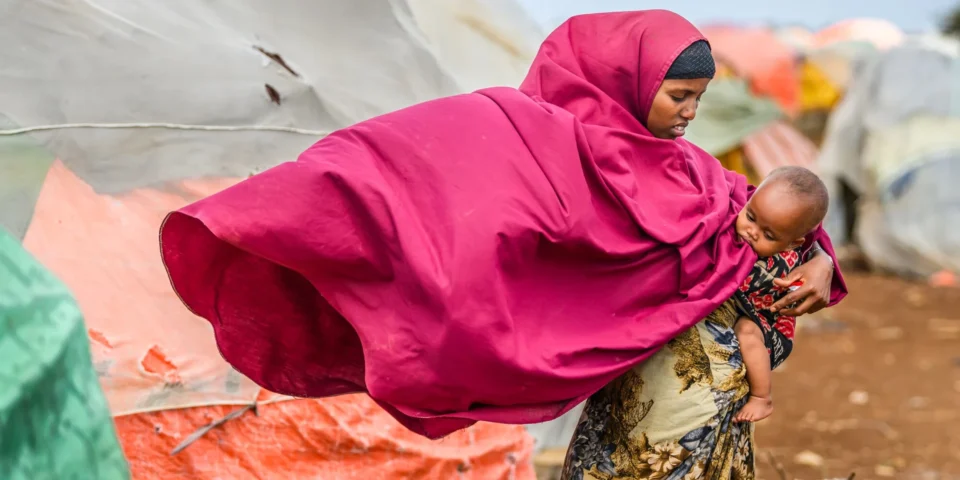Emergency Relief Assistance and Humanitarian Assistance
Thus, in the conditions of an acute need for identification, the question of providing effective humanitarian aid becomes vitally important. Floods, wars and other disasters result in many people being trapped in a hopeless situation and they don’t have the bare essentials of life; food, water, medication and shelter. Distributing timely relief can and does prevent further loss of life and diminish the level of anguish experienced from the effects of such disasters. However, the efficient coordination of the team is very important in these circumstances and quick action should also be taken.
Non-governmental organizations in the global arena waking up every day, joining hands with others and coordinating their efforts to deliver necessary help, where it is needed most. These organizations are always the first to intervene, using all sorts of methods and giving people some help in several aspects: giving food, medical aid, and helping to restore those structures that are considered essential. To be able to touch the lives of the people who are in the remote and rugged areas, the global and regional teams need to be on board to ensure that vulnerable sectors of the society get what they deserve.
Apart from sometimes needed assistance, a considerable part contributing to the decrease in the consequences of future catastrophes are prevention and preparedness measures. Measures that are taken for avoiding the disaster or that are taken before disaster strikes can be cost effective in the long run for organizations as well as for the affected communities. These efforts can only continue with the support of the donors and volunteers who offer the funds and resources to keep relief going.
AKTION DEUTSCHLAND HILFT
AKTION DEUTSCHLAND HILFT is an engaged association of more than twenty humanitarian non – governmental organizations whose purpose is to respond quickly, efficiently and cohesively to various disasters that happen worldwide to bring relief to the affected persons. Hence its emphasis on rapid response during disasters, delivering essentials including; medical, food and shelter to the calamity stricken areas. Hence, the organization has core values of transparency and accountability in order to effectively justify the use of the donations in the promotion of crisis intervention.
Effective Disaster Relief in Crisis Areas
Some of the most important aids include; Disaster response is crucial in areas that have been ravaged by calamities call it natural or man-induced. As fast as possible a mobilization of resources takes place and all the aid organizations come into action to support the people immediately. Their work involves the delivery of such essential products enables the received needy societies to have the essentials for survival and be taken through the process of Reconstruction. That is how humanitarian relief is able to make the first impact through these collective actions.
Emergency Aid Kits
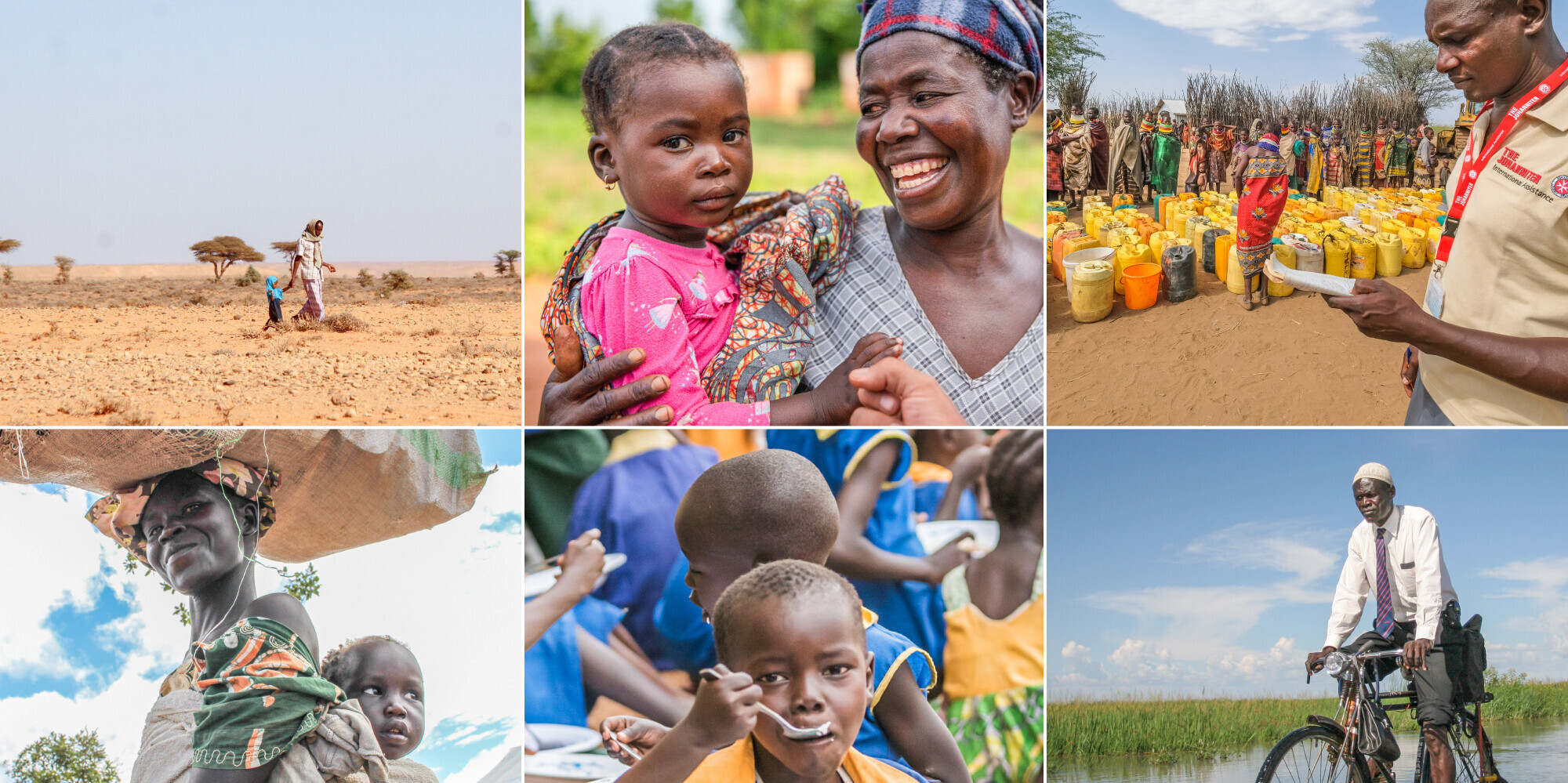
Emergency Aid Kits are important tools in the initial stage of disaster response in disaster prone areas. Food, water purification tablets, first aid box, washer/bathing kits, spare clothing and emergency blankets are believed to form the basis of most of these survival kits. These are ready made kits are intended for instant usage and they assist in offering bare minimum requirements for sustaining life in the initial 72 hours after disruption. They are well planned to attend to the real needs of those people who are in distress.
These kits are very useful in the hard to reach regions as they enable all the targeted populations to be reached by aid organizations. All products encompassed in the kit depend on the requirements of the area and the nature of the disaster. These kits prove very useful whether it is an act of nature like an earthquake, flood or hurricane, or a man-made disaster like conflict.
Key Features
- Covers packaged food and that of water which are not expected to spoil.
- Medicine to be used in the first instance in case of any form of injury or disease.
- Emergency protection type of shelters.
- Sanitation kits used in the management of simple hygiene needs.
- Lightweight and can be easily shipped and delivered in disaster affected areas.
Mobile Medical Teams

Mobile Medical Teams are used in crises because they offer necessary medical care to the people. These are comprising of physician and other medical personnel who carry along with them some medical instruments that enable them to attend to patients’ medical needs at the scene. Health care remains hard to come by for those in disaster or conflict affected zones, and often the only means of getting help is through mobile clinics.
They are prepared to deal with all types of injuries and diseases, simple ones such as cuts and breaks, other severe ones like the ones in the bone. Besides the clinical duties, these teams give immunizations, dispense and explain the importance of necessary drugs, and conduct OUT clinics concerning health and hazard. This way they are capable of getting to those hitherto regions that are neglected by other social services in the time of calamity.
Key Features
- Skilled manpower which is well trained in clinical practice.
- Mobile treatment centers stocked with medicines.
- The vehicle is able to offer emergency services where they are required in regions of least access.
- Vaccinate and educate.
- Contributes to contain the transmission of diseases in the affected areas.
Food Distribution Programs
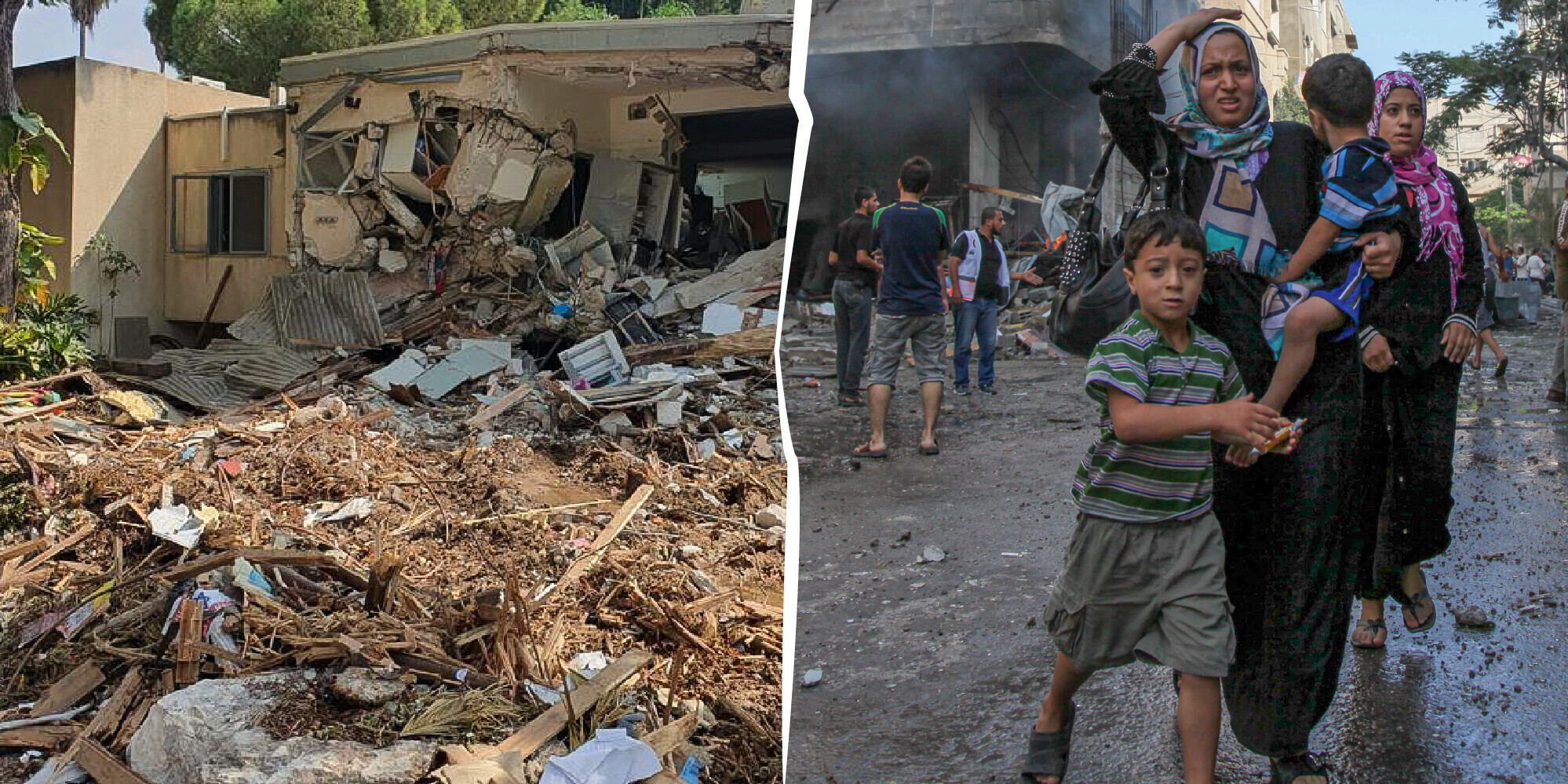
Food Distribution Programs are important in providing food that will help the affected population in their survival especially after disaster has stricken. In the aftermath of a disaster, people go without food since their homes are no longer habitable or because food delivery systems are interrupted. This void is however filled in some sort by food distribution programs which involves delivering meals, food packages and/or Nutritional supplements.
These programmes are usually implemented in cooperation with local administrators and chiefs so that children, the elderly and the disabled especially can get their share of foods. Moreover, food aid is usually provided jointly with other kinds of aid like water, health care, etc., in order to meet the multifaceted requirements in the frame of emergency situations.
Key Features
- Supplies necessary products of feeding to affected people.
- Aims at particular and specific groups such as the children and the elderly.
- Functions collaboratively with local people.
- Supplements nutrition for long term health gain.
- Prevents arising of malnutrition and food insecurity.
Temporary Shelter Solutions
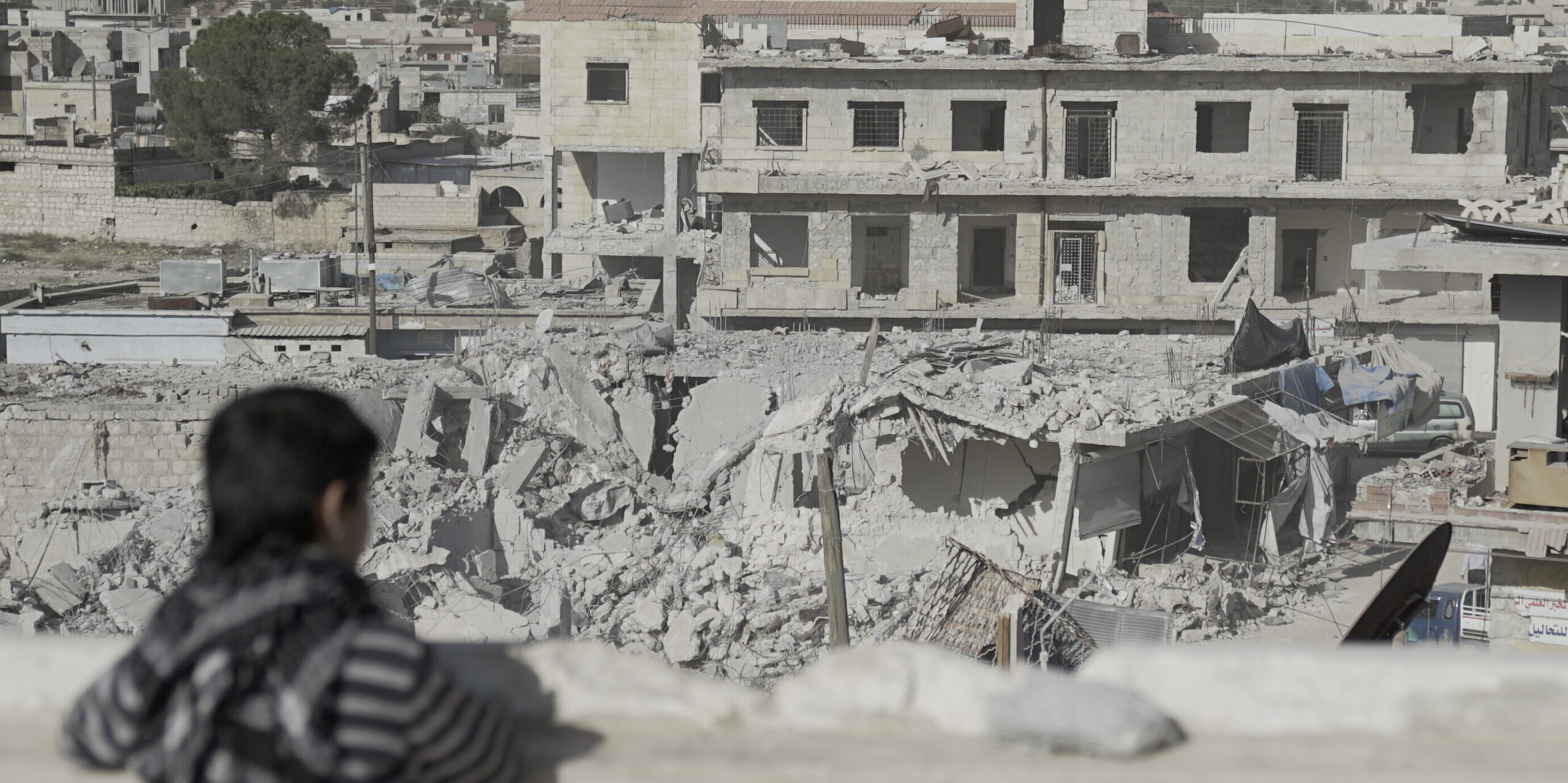
Temporary Shelter Solutions are important on the fact that they offer shelter to people who lost their homes due to one reason or the other. These types of shelters provide a temporary terror-free environment where survivors of disasters or war may start reconstructing their lives. They include tents, mobile homes and even emergency shelters which are specially built to withstand some sorts of weathers.
These shelters are generally used for immediate and mobile relief provision so that the aid organizations can bring shelter after a disaster. Apart from offering shelter to people they also offer them hope, shelter and dignity as they face one of the most trying moments in their lives.
Key Features
- It can be rapidly implemented in disaster prone areas.
- Offer some protection from the weather as soon as possible.
- Can provide for families and independent people.
- Easy to transport and set up.
- To help provide a measure of security back for refugees.
Disaster Preparedness Programs
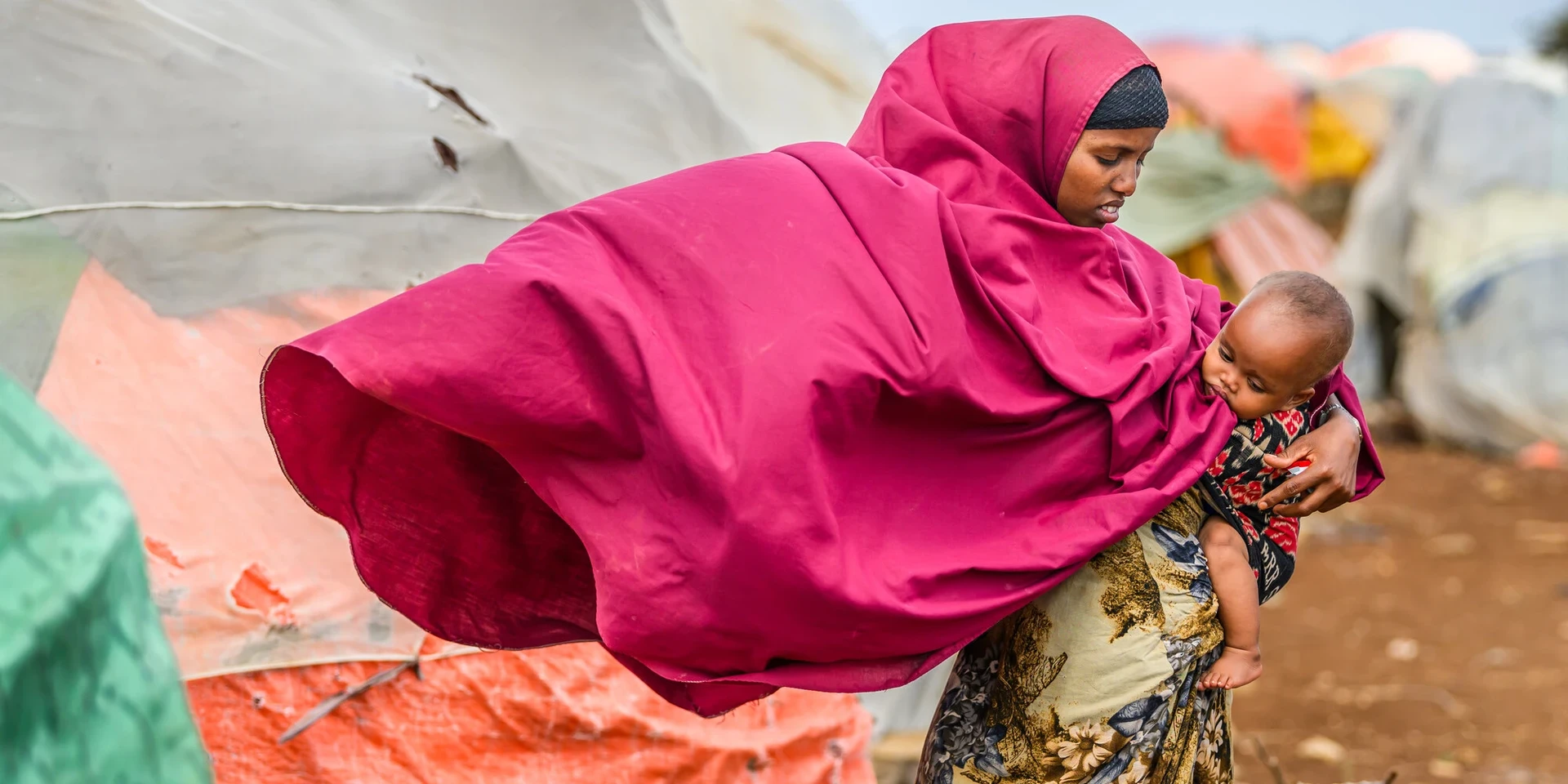
Disaster Preparedness Programs concern themselves with the minimization of loss in disasters before they occur. These programs operate at the grassroots level to strengthen communities, raise awareness on how individuals and communities can prevent disaster and prepare for disasters and provide them with skills in disaster response. In this connection, the mitigation of losses and the shorter timeframe for subsequent recovery can be explained by proper preparation for disasters in advance.
These programmes cover such areas as first aid, evacuation drills, establishment of early warning systems that would enable the societies to withstand and respond to disasters. When organizations contribute to preparedness those giving out aid in disasters are trying to contribute to more effective communities that are equipped to respond to future disasters.
Key Features
- Pay much attention and work towards the development of the vulnerable population.
- To do this, education and training on the emergency response shall be provided.
- Put into place alarm mechanisms to avoid loss of lives.
- Improve the availability of resources to support people in communities during the future complex emergencies.
- Provide people with necessary skills that help them to survive during catastrophes.
Humanitarian Aid in Crisis Situations
There could be few more important tasks than humanitarian aid, especially in the moments of crisis. This paper argues that timely response from organizations and charitable organizations as well relief efforts are important in stemming the loss of lives as well as reducing the suffering of those affected. Whether through immediate relief efforts or long-term recovery projects, the goal is always the same: to aid people and families to restore their existence, and ensure that they do not suffer similar fate in future. Donations as well as volunteers are very vital in making sure that the aid gets to the intended vulnerable people thus making the humanitarian organizations to continuously relive their noble duties in the hot neighbored countries. All together, we can change lives of those who struggle with the outcomes of emergencies making them have a hope to leave for a better life.

